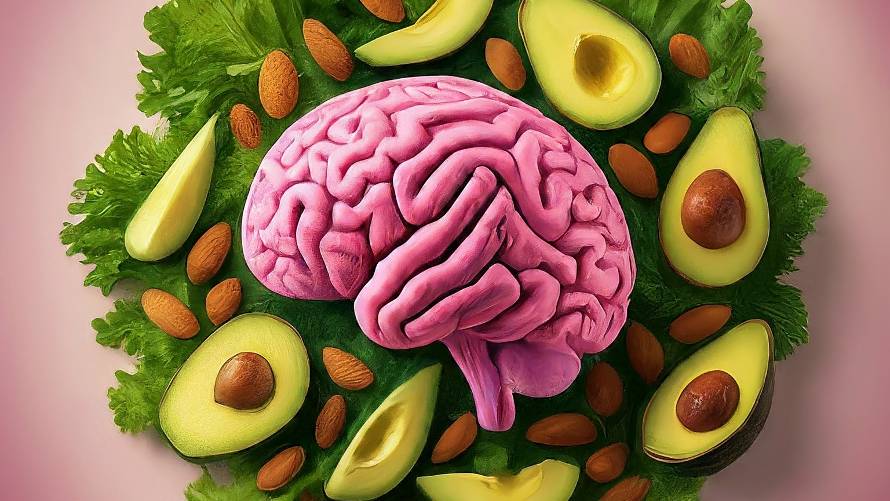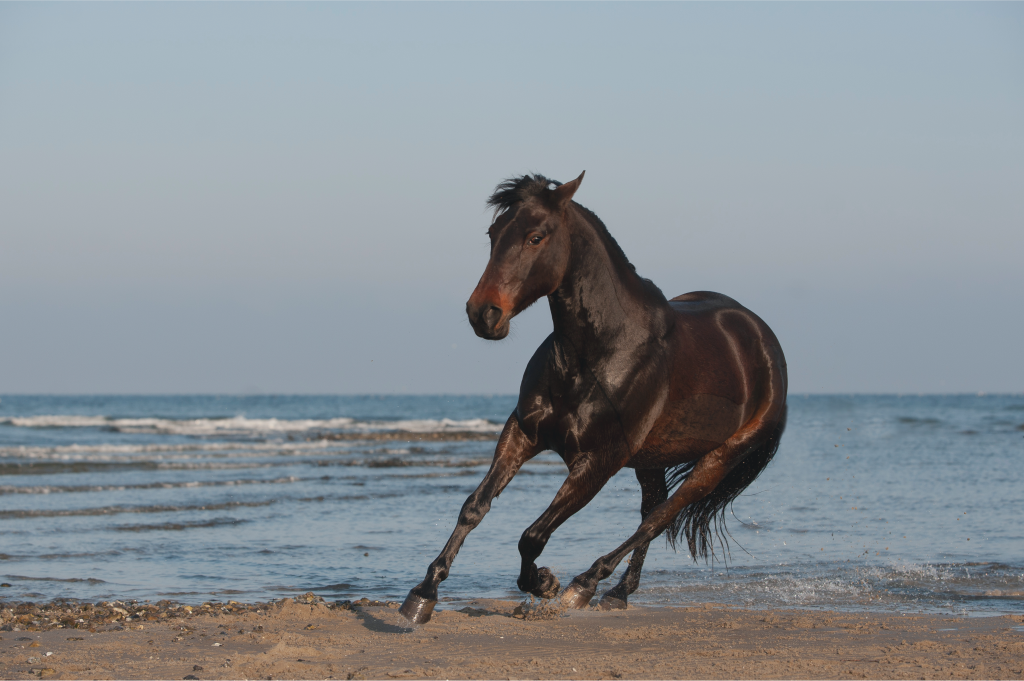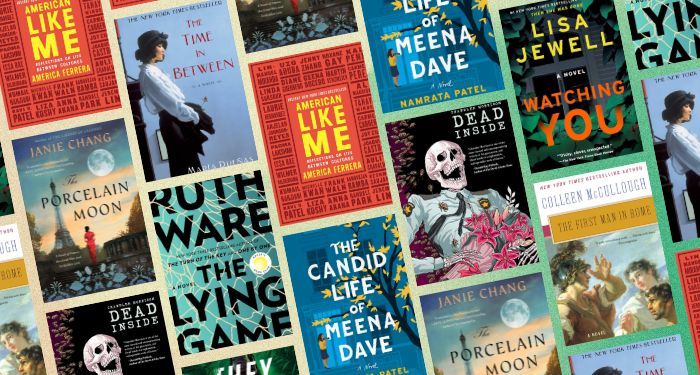In zoos and aquariums, some species of turtles and tortoises have a lower rate of ageing as they grow older
Life
23 June 2022
Black marsh turtle (Siebenrockiella crassicollis): in captivity, the species has a negative rate of ageing Christopher PB/Shutterstock
Turtles and tortoises are already known for their longevity, but when living in captivity, many species seem to have a rate of ageing that approaches zero – and in some, the rate even has a negative value.
A species’ rate of ageing refers to how much more likely individuals are to die the older they get. For most animals the rate increases rapidly as they grow older, but when it comes to some populations of turtles and tortoises in captivity, the rate decreases as they grow older, at least for certain periods of their lives.
“We’re detecting a slight decrease in the risk of death,” says Fernando Colchero at the University of Southern Denmark. “We need to rethink the way we see evolutionary theories of ageing.”
Unlike most animals, turtles and tortoises carry on growing throughout their lives. In many species, the larger the females grow, the more eggs they lay each year. This means they could in theory get more of an evolutionary benefit than other animals from living and reproducing for longer.
To investigate, Colchero’s team analysed a large set of figures on the lifespans of individual animals at zoos and aquariums. The information was collected by an international non-profit organisation called Species 360, which Colchero helps to run.
The researchers analysed data from nearly 26,000 individuals to calculate the ageing rate for 52 species of turtles and tortoises, ensuring they had at least 100 animals of each sex, as values often differed between the sexes.
About three-quarters of the species had a slow or negligible rate of ageing for either males or females. Two species had negative rates of ageing, including both sexes of the black marsh turtle (Siebenrockiella crassicollis) from South-East Asia, and females of the Greek tortoise (Testudo graeca).
In a separate analysis, also published today, Colchero and other colleagues used existing field studies of 77 species of reptiles and amphibians living in the wild and found that some populations of turtles, salamanders and tuatara – a lizard-like creature from New Zealand – also had very slow ageing rates.
The findings of both studies apply to populations, not individuals, so it doesn’t imply that any animal could live forever, says Colchero. And it may only apply to a certain period of their lives for which there was data. “It doesn’t mean that [the rate] will remain negative for the entirety of their lives. And the fact that there might be declining mortality with age doesn’t mean that mortality will reach zero. There’s always a risk of death.”
Studying these and other animals with low or negligible ageing rates could shed light on how to increase human longevity, says Colchero. “We need to identify those physiological mechanisms that make them so efficient. What are they doing better than what we are doing?”
“The fact that you have species that maybe don’t age at all – at the fundamental level it’s a fascinating observation,” says Joao Pedro de Magalhaes at the University of Birmingham, UK, who wasn’t involved in the work. “It shows that ageing is neither inevitable or universal.”
Journal references: Science, DOI: 10.1126/science.abl7811 and DOI: 10.1126/science.abm0151
More on these topics:






















































